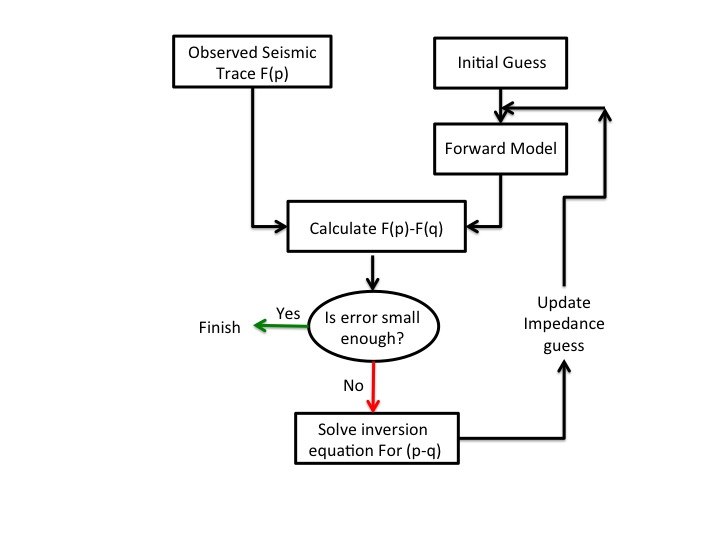
Lab-grown diamonds have emerged as a popular alternative in the jewelry industry, offering a sustainable, ethical, and affordable choice for consumers. These stones, known as lab diamond substitutes, are created using cutting-edge technology, mimicking the brilliance and quality of mined diamonds. This article delves into the fascinating world of lab diamonds, uncovering their benefits, uses, and why they’re revolutionizing the jewelry market.
Table of Contents
ToggleThe Rise of Lab Diamond Substitutes
The demand for ethically sourced diamonds has paved the way for the rise of lab diamond substitutes. Unlike traditional diamonds mined from the earth, lab diamonds are cultivated in controlled environments, ensuring minimal environmental impact. This process involves simulating the natural conditions that lead to diamond formation, resulting in stones that are chemically, physically, and visually identical to their mined counterparts.
Consumers are drawn to lab diamonds for their ethical advantages. Traditional diamond mining has been linked to environmental degradation and human rights concerns, whereas lab diamond substitutes eliminate these issues entirely. For those seeking a guilt-free sparkle, lab diamonds are an excellent choice.
How Lab Diamond Substitutes Are Made
The process of creating lab diamonds involves either High-Pressure High-Temperature (HPHT) or Chemical Vapor Deposition (CVD) methods. Both techniques replicate the natural conditions under which diamonds form deep within the earth.
HPHT simulates the intense heat and pressure required for carbon to crystallize into a diamond, while CVD grows diamonds by depositing carbon layers in a plasma-rich environment. These processes produce lab diamond substitutes that are virtually indistinguishable from mined diamonds, offering the same durability, brilliance, and refractive qualities.
The technology behind lab diamonds is constantly evolving, making these substitutes more accessible and affordable for consumers worldwide.
Benefits of Choosing Lab Diamond Substitutes
There are numerous reasons why lab diamond substitutes are gaining popularity. First and foremost, they are significantly more affordable than mined diamonds, often costing 30% to 40% less while maintaining the same quality. This affordability allows buyers to choose larger or higher-quality stones within their budget.
Additionally, lab diamonds are an eco-friendly option. The diamond mining industry is notorious for its environmental impact, including deforestation, soil erosion, and habitat destruction. In contrast, lab diamond substitutes require fewer natural resources and generate less waste, making them a sustainable choice.
Ethical considerations also play a crucial role. Many consumers are wary of purchasing diamonds associated with conflict zones or unethical labor practices. By opting for lab diamonds, buyers can ensure their jewelry is free from these concerns.
Lab Diamonds in Modern Jewelry
The versatility of lab diamond substitutes has made them a favorite among jewelry designers and consumers alike. From engagement rings to necklaces, earrings, and bracelets, lab diamonds are used to create stunning pieces that cater to diverse tastes and preferences.
Engagement rings featuring lab diamonds are particularly popular, as they symbolize commitment without compromising on ethics or quality. Many couples choose lab diamond substitutes for their timeless beauty and affordability, enabling them to invest in other aspects of their future.
Moreover, lab diamonds are available in various shapes, sizes, and colors, allowing for customization that matches individual styles. Whether it’s a classic round cut or a unique colored diamond, lab diamond substitutes offer endless possibilities.
Debunking Myths About Lab Diamonds
Despite their growing popularity, misconceptions about lab diamond substitutes persist. One common myth is that lab diamonds are “fake” or inferior to mined diamonds. However, this couldn’t be further from the truth. Lab diamonds are genuine diamonds, identical in every way to those mined from the earth.
Another misconception is that lab diamonds lack resale value. While it’s true that diamonds, in general, are not the best investment, the value of lab diamond substitutes is steadily increasing as more consumers recognize their worth and ethical appeal.
Finally, some believe that lab diamonds are not as durable as mined diamonds. In reality, lab diamonds have the same hardness and durability as natural diamonds, making them a long-lasting and reliable choice for jewelry.
The Future of Lab Diamond Substitutes
As technology advances, the future of lab diamonds looks brighter than ever. Innovations in diamond-growing techniques are making lab diamond substitutes more affordable, accessible, and diverse. Additionally, the growing awareness of ethical and environmental issues is driving consumers toward sustainable choices.
Jewelry brands worldwide are embracing lab diamonds, offering collections that highlight their beauty and sustainability. As more people understand the benefits of lab diamond substitutes, their popularity is expected to continue soaring.
Conclusion: Why Choose Lab Diamond Substitutes?
In a world where ethical and sustainable choices are becoming increasingly important, lab diamond substitutes offer the perfect solution. They provide all the beauty and brilliance of traditional diamonds without the ethical dilemmas or environmental harm. Affordable, customizable, and eco-friendly, lab diamonds are redefining the jewelry industry and capturing the hearts of conscious consumers.
Whether you’re shopping for an engagement ring or simply looking to add a touch of sparkle to your collection, lab diamonds are a choice that aligns with modern values. Embrace the brilliance of lab diamond substitutes and join the movement toward a more sustainable and ethical future in jewelry.












